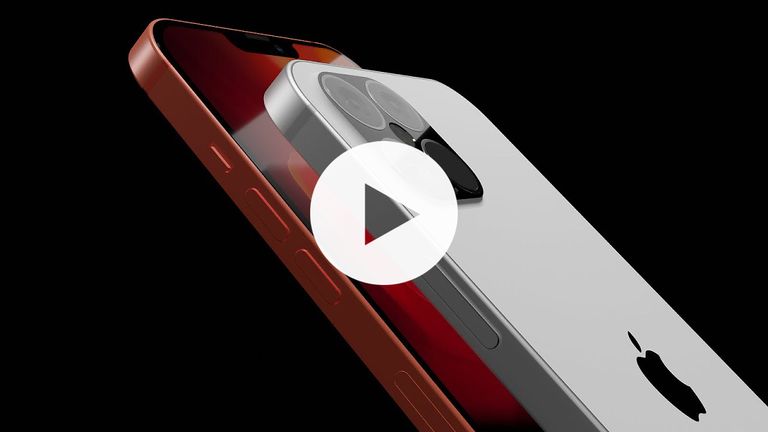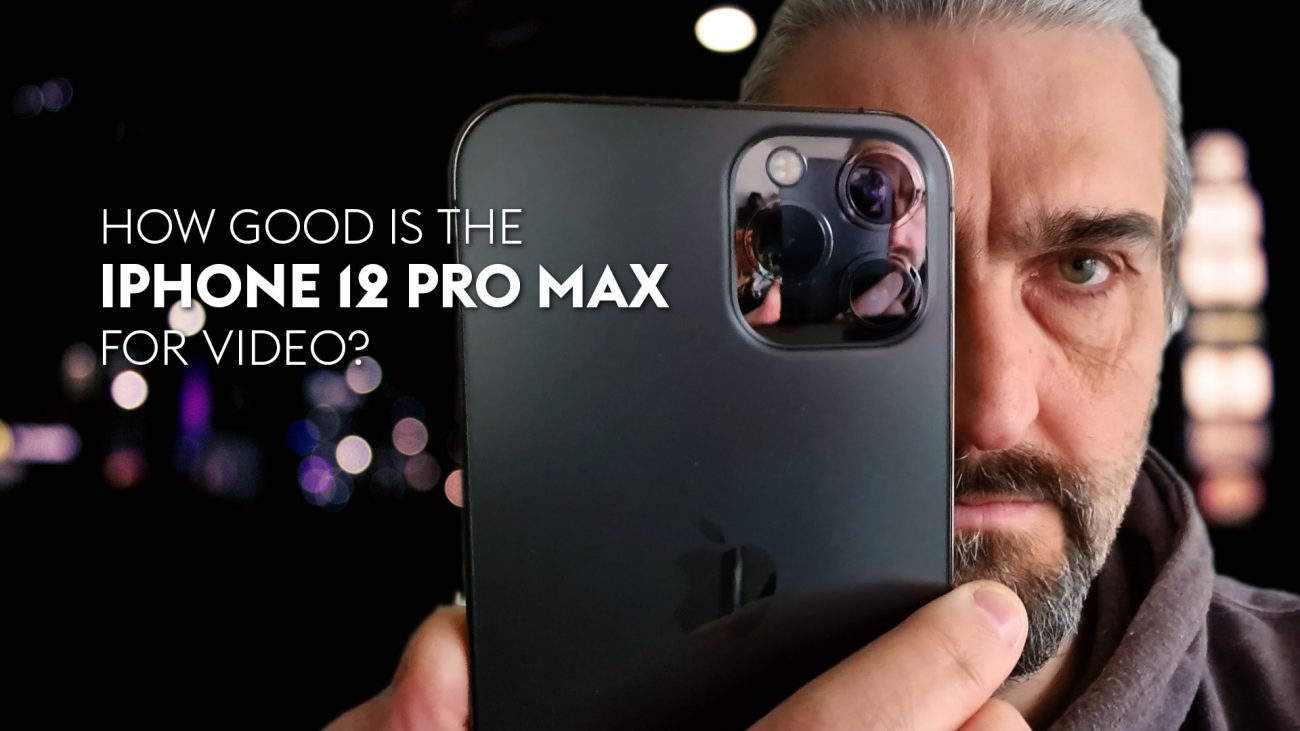
#IPHONE 12 PRO VIDEO DOWNLOAD#
As internet speed is measured in Megabits per second (Mbps), the higher the number of bits transferred per second, the faster you’re able to download and upload text, audio and video files. I used two speed measuring apps, SpeedSmart and Speedtest, to get a sense of the connection strength through its download and upload speeds. As I was testing an EE 5G SIM, I travelled to Shoreditch in east London where the network promised the best connectivity after failing to get signal in my own home. In short, when I was in an area with strong 5G performance, it worked perfectly well. While unfounded conspiracy theories over 5G’s safety continue to circulate online, it’s worth reiterating there’s still zero scientific evidence to suggest the fifth generation of mobile technology is harmful to humans or animals, nor is there any proof to suggest it’s linked to the coronavirus outbreak in any way.ĥG: here’s what it’s actually like to use EE’s new phone network in London What else is new? Apple’s first 5G iPhonesĪpple’s decision to bring 5G support to the iPhones was inevitable but still a welcome one.

Otherwise, it’s pretty much business as usual: power button on the right, volume buttons and silencer on the left, and a lightning charging port on the bottom.Īpple has decided to stick with the non USB-C charging option for another year, to the relief of traditionalists, but its days are surely numbered. Unlike last year, the flagship handset and smaller of the two Pros this year share a screen size and resolution – the iPhone 12 and iPhone 12 Pro’s displays are the same, meaning the distinction between the standard and Pro lines hinges more heavily on differences in the camera system.įor those who care about tiny details, the SIM card tray has moved from the right-hand side of the phone’s body to the lower-left. The iPhone 12 Pro (L) and iPhone 12 (R) are the exact same size – 6.1-inches The enhanced display also has the added benefit of brightness close to double than that of its predecessor’s, notching the brightness up to 1,200 nites, to enable pictures and videos to look as life-like as possible – which is best demonstrated when watching video footage (more on that later). Each individual pixel emits its own light, meaning blacks will appear blacker and brighter shades will pop separately without over-saturating or washing out the image as a whole.

Like the 11 Pro series, the iPhone 12 Pro’s display uses a form of customised OLED (organic light emitting diode) technology that crams in more pixels than ever before (2532 x 1170 at a density of 460 ppi (pixels per inch). The stainless steel sides are also a bit of a fingerprint magnet, but given their placement you’re unlikely to notice grubby marks too much. I found the best way to remedy hard-to-shift smears was by dampening a paper towel and gently wiping the screen, then buffing it on a t-shirt, jumper or whatever fabric you happen to be wearing at the time. However, it’s hard to tell whether it’s the Ceramic Shield which makes it that much harder to wipe away stubborn smudges. While Apple’s devices are significantly more robust than they used to be (this year’s range is also IP68 rated, meaning it can withstand being submerged in up to 2m of water for up to half an hour without damage, and the back is also covered in strengthened glass), any boost to their endurance is a step in the right direction. This is tough to verify without repeatedly smashing it into the pavement, but any improvement to an iPhone’s resistance is a welcome one. The Pro handset’s screen is a 6.1-inch Super Retina XDR This new layer, Apple claims, is the toughest glass ever used in a smartphone, and is four times more durable when dropped compared to last year’s iPhones. This year’s iPhones are the first to sport a new toughened glass Apple is calling Ceramic Shield, a new material created using processes that mean it’s technically not quite glass, but is translucent enough to cover the display.

Apple is an expert at spinning phones from functional machines into desirable, aesthetically-honed status symbols, and the iPhone 12 Pro is a prime example of a device you probably don’t need but will definitely want. It’s a slick, sophisticated-looking device that looks every bit as premium as its £999+ price tag warrants. While the iPhone 12 sports a glossy, polished back, the iPhone 12 Pro is matte glass (Photo: Rhiannon Williams/i) The 6.1-inch display and textured matte glass sit flush within the colour-matched stainless steel edges, which comes in four muted finishes: graphite (dark grey), gold, silver and new shade pacific blue (a grey-tinted navy). Whereas last year’s iPhone Pros featured subtlely-rounded edges, this year’s pair are a return to the flat-edged design last seen in 2016’s iPhone SE.


 0 kommentar(er)
0 kommentar(er)
